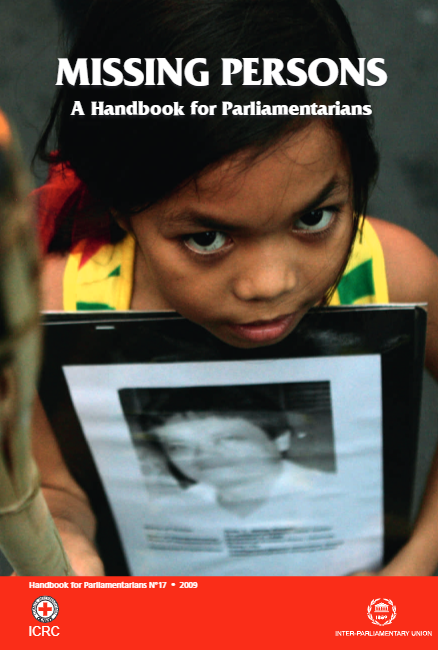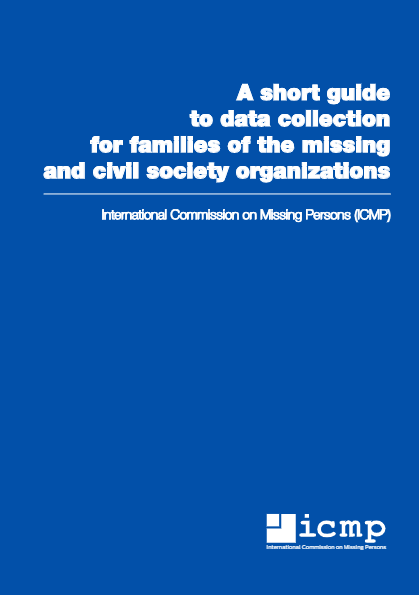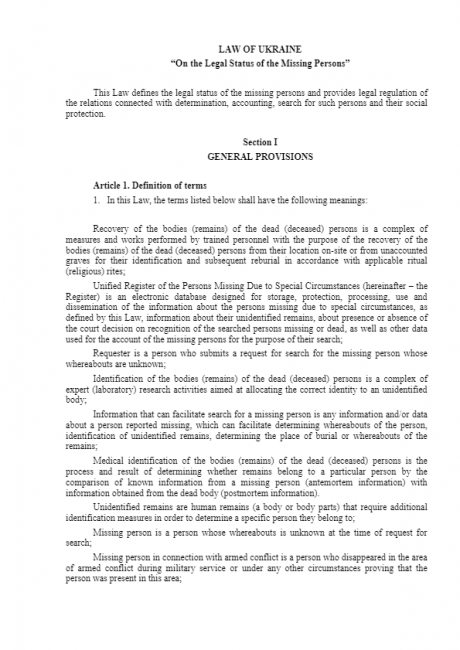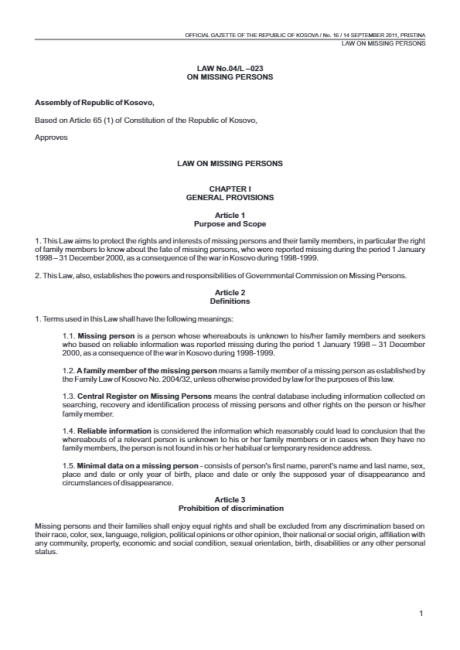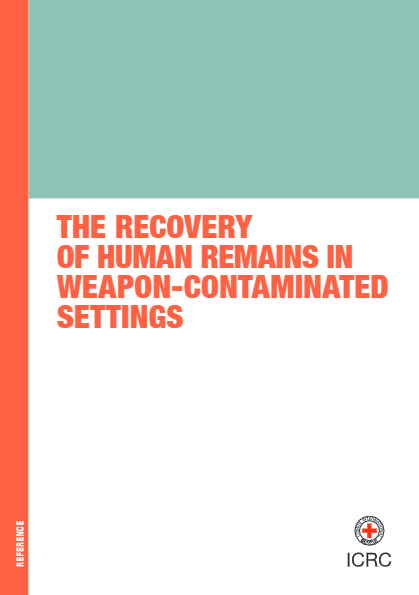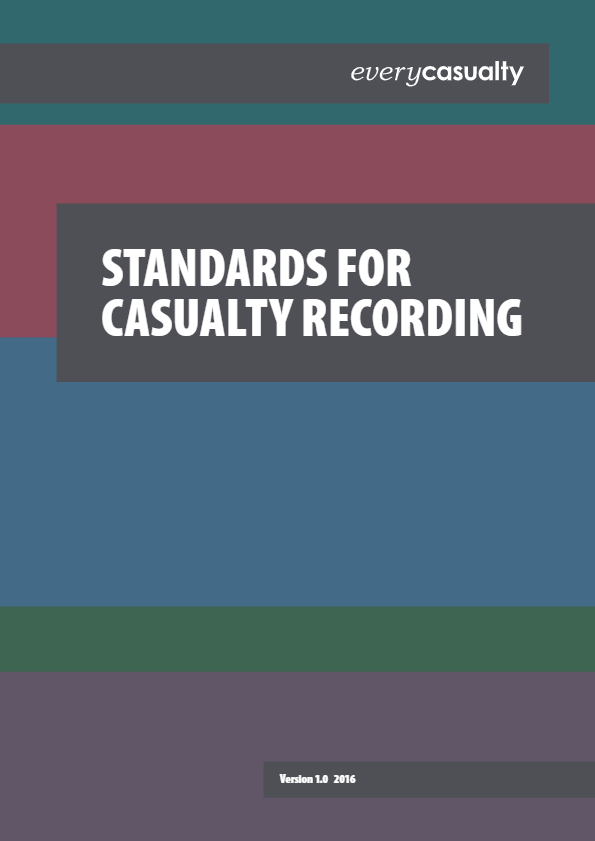
Standards for Casualty Recording
Casualty recording is a process of systematically and continuously attempting to document and record incident or individual level information about direct violent deaths from armed violence. It is a crucial practice for the respect of human dignity, for the sake of surviving family members, and for the establishment of facts. It also brings additional benefits. Publicly accessible casualty records that are transparent, detailed, and reliable are critical towards providing accountability, and can positively contribute to post-conflict reconstruction and stability. Such records can humanise victims, reduce the space for dispute over numbers killed, help societies understand the true human costs of war, and support truth and reconciliation efforts. Research has shown that casualty recording is also valuable during conflict. Casualty data can feed into humanitarian response planning by helping to identify areas of risk and need, and contribute to the protection of civilians. Casualty records can also play a role in mechanisms that support increased compliance by conflict parties with the law and reductions in civilian harm from their actions.
The profound social and other benefits of casualty recording, as briefly outlined above, remain only inconsistently realised across much of the world and for many of the victims of armed violence. A wide range of casualty recording practitioners, as well as other stakeholders, have identified standards as a means to improve data quality and promote the more effective use of casualty recorders’ work. Standards for Casualty Recording seeks to establish an agreed baseline for the practice of casualty recording that will also enable more actors to access, trust, use and/or share the data produced by casualty recorders.


